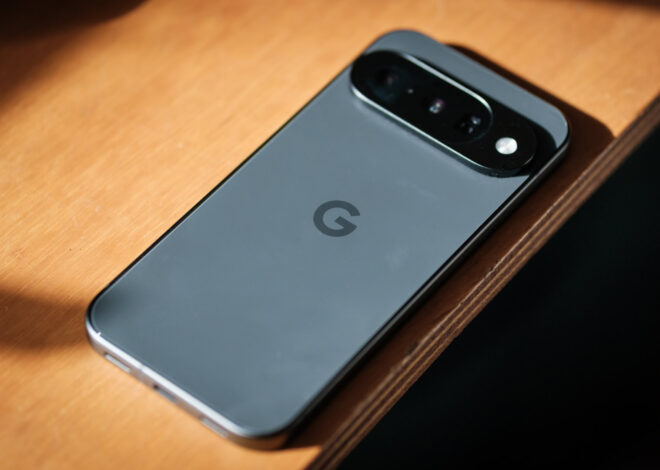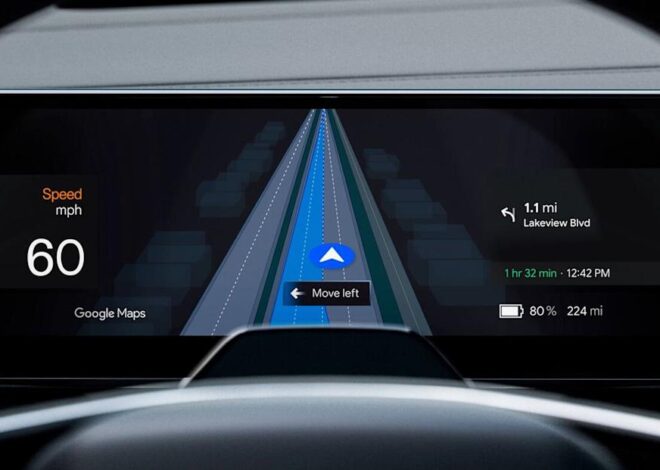
Baltimore Shows You Can Bring Down Murder Rates Without Throwing More Cops At The Problem
from the sending-more-violence-to-violent-areas-isn’t-a-solution dept
So many pro-police lawmakers and city officials have always insisted the only way to bring down crime rates is to add more cops to the mix. This may work if you’re mainly interested in racking up meaningless arrests or handing out “broken windows” citations, but it doesn’t address why certain areas have higher crime rates. (And it doesn’t even work then, as Baltimore itself has already demonstrated.)
The problem is societal. It’s not that criminals gravitate towards poor neighborhoods heavily populated by minorities. It’s because they come from these neighborhoods — the ones subjected to decades of racist policy-making that ensures the only way to get ahead is to realize the old adage is wrong: crime does pay, and it pays better than the jobs you can’t have because you’re too Black, too “hood,” too whatever to convince employers you’re willing to eat shit in exchange for a terrible wage that won’t actually cover your expenses.
Baltimore has long held a top-level position on lists of annual homicides or per capita crime rates — aspects that have been converted to canon by series like “The Wire,” along with cops’ predilection for corruption and routine rights violations.
“The Wire” wasn’t wrong, necessarily. But it did at least depict the lack of options available to people living in the projects, something most lawmakers tend to ignore because it might mean having to treat the less fortunate as less fortunate, and thus more deserving of publicly-funded support.
And, of course, the current presidential regime is loaded with bigots who want the historically oppressed to see even more oppression in order to preserve a way of living that rewards rich white people with additional rights just because their ancestors managed to carve out a sizable fortune back in the day when these white people were the immigrants plaguing a nation already populated by true natives.
Trump and his sort have portrayed several cities as hellholes that are only hellholes because they’re run by people representing the opposing party. Baltimore is one of those cities. Trump has been riding Baltimore since his last term in office, but oddly has never offered any statement directed towards the Baltimore PD’s exceedingly long history of corruption, nor its pitiful homicide clearance rates.
But homicide isn’t a problem you can solve with irrational hate and being bigoted on main. The Baltimore PD has already tried that and it hasn’t worked, no matter how often it plants evidence, brutalizes residents, or otherwise ignores constitutional rights.
The murder rate continues to drop in Baltimore. And while that does track with post-pandemic trends around the nation, something different is going on in this city, which suggests the current downturn may well develop into an ongoing trend.
What’s different in Baltimore is that it’s addressing underlying causes of crime, rather than just reacting to crime’s often-violent outcomes with more cops and rights violations. Rebecca Crosby and Noel Sims have dug into the stats, as well as the circumstances behind them, to explain why Baltimore’s murder rate is more sustainable than just throwing more cops at the problem.
This April, Baltimore saw five homicides. That is the fewest of any month since 1970, when the city began tracking monthly homicide numbers. In the first six months of the year, homicides were down 22% compared to 2024, and non-fatal shootings were down 19%. This is the latest in a string of historic declines in violent crime. In 2024, homicides dropped 23% from 2023 numbers, and non-fatal shootings dropped 34%. In 2023, the city also saw record-breaking decreases.
[…]
Baltimore Mayor Brandon Scott (D), who was first elected in 2020, has brought the city’s homicide rate down by treating violent crime as a public health crisis. That means treating violent crime as a symptom of multiple factors, including racism, poverty, and past violence.
The most important thing about this is that Mayor Scott isn’t just saying things about often-ignored societal issues. He’s actually doing something about it. More importantly, he’s able to make these changes because he’s not being held back by state Republicans, who seem to love nothing more than inflicting even more damage on minorities.
This change began back in 2020, just as Trump was refusing to leave office following his loss in the presidential election. While Trump’s supporters engaged in a failed insurrection attempt, the head of this so-called (by Trump) “filthy slum” was making positive changes that directly benefited residents in the poorest areas of his city — changes that directly resulted in a decrease in violent crime.
In January 2022, MONSE [Mayor’s Office of Neighborhood Safety and Engagement] launched the Group Violence Reduction Strategy (GVRS). The strategy, launched in partnership with the Baltimore Police Department and the State’s Attorney’s Office, utilizes a collaboration between law enforcement, community members, and social services to “engag[e] directly with those most intimately involved in and affected by violence.” The GVRS aims to target the root causes of gun violence, such as poverty, mental health, and housing issues, by matching participants with a life coach. Participants are also provided with financial support while they seek employment.
The GVRS has delivered results. As of February 2024, the program had a recidivism rate of only 4.3%. An evaluation by the University of Pennsylvania’s Crime and Justice Policy Lab found that the GVRS significantly reduced violence in the city’s Western District, where the program was initially implemented. “[D]uring the first 18 months of implementation,” there was “a 33% approximate gun violence reduction, 60 fewer victims, and a 33% approximate carjacking reduction,” according to the study.
The task force and its implementation program never decided the problem wasn’t enough cops flooding these areas. Instead, it addressed a lot of underlying causes of violence and worked towards fixing those, rather than assuming this was something that just could be forced into submission via the application of even more violence.
In addition, multiple youth programs were deployed, giving Baltimore kids safe, enjoyable options to take advantage of. The end result was hundreds of kids doing actual kid stuff — pool parties, summer camp, spring break activities — rather than just watching criminals do criminal stuff while cops did cop stuff. Optimism and community spirit are pretty powerful forces. Unfortunately, most cities will never do anything like this because they’d prefer to satisfy their blood lust, or that of their most powerful constituents.
Getting entire communities involved in making streets safer has also been instrumental in reducing crime. While these programs haven’t reduced crime in all neighborhoods utilizing them (the report says some have actually experienced the opposite), it has worked well enough it should still be considered an integral part of the anti-violence toolkit. And it’s yet another, largely useful program that isn’t just more of the same “flooding the zone” with people prone to violence and the permission to deploy it.
Another program that Baltimore has implemented in an effort to reduce violence in the community is Safe Streets, which involves community members mediating conflicts in ten zones throughout the city that have historically had high gun violence rates. In 2020, Safe Streets zones “mediated over 2,300 conflicts” and “hosted 451 community mobilization events with 58,000+ total attendance,” according to MONSE.
And it’s not like law enforcement has been kicked to the curb. It still serves a function. But its focus has been narrowed to target only the most violent criminals, rather than simply assume anyone living in a neighborhood plagued by violence is a possible suspect. The stats show an extremely small percentage of Baltimore residents are responsible for most of its violent crime. Under this mayor, the PD is spending more time finding those people and less time harassing people or escalating violence just because they’re patrolling areas where crime is prevalent.
What works here should scale. But only an extremely small subset of city officials will be willing to try the same thing in the areas they oversee. It’s much easier — and much more popular — to do the same stuff that hasn’t worked for years because it’s way easier to explain to voters who also prefer to see the same stuff they’ve already seen, even if it’s never proven to be useful. That’s why incumbents routinely win elections. And that’s why the first response to violent crime rate increases is more money being thrown at cops who’ve already demonstrated they’re incapable of decreasing crime no matter how much money they have at their disposal.
Filed Under: baltimore, baltimore pd, crime rates, mayor brandon scott, social services







